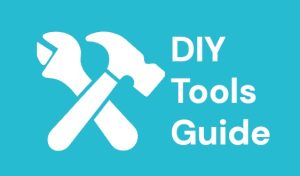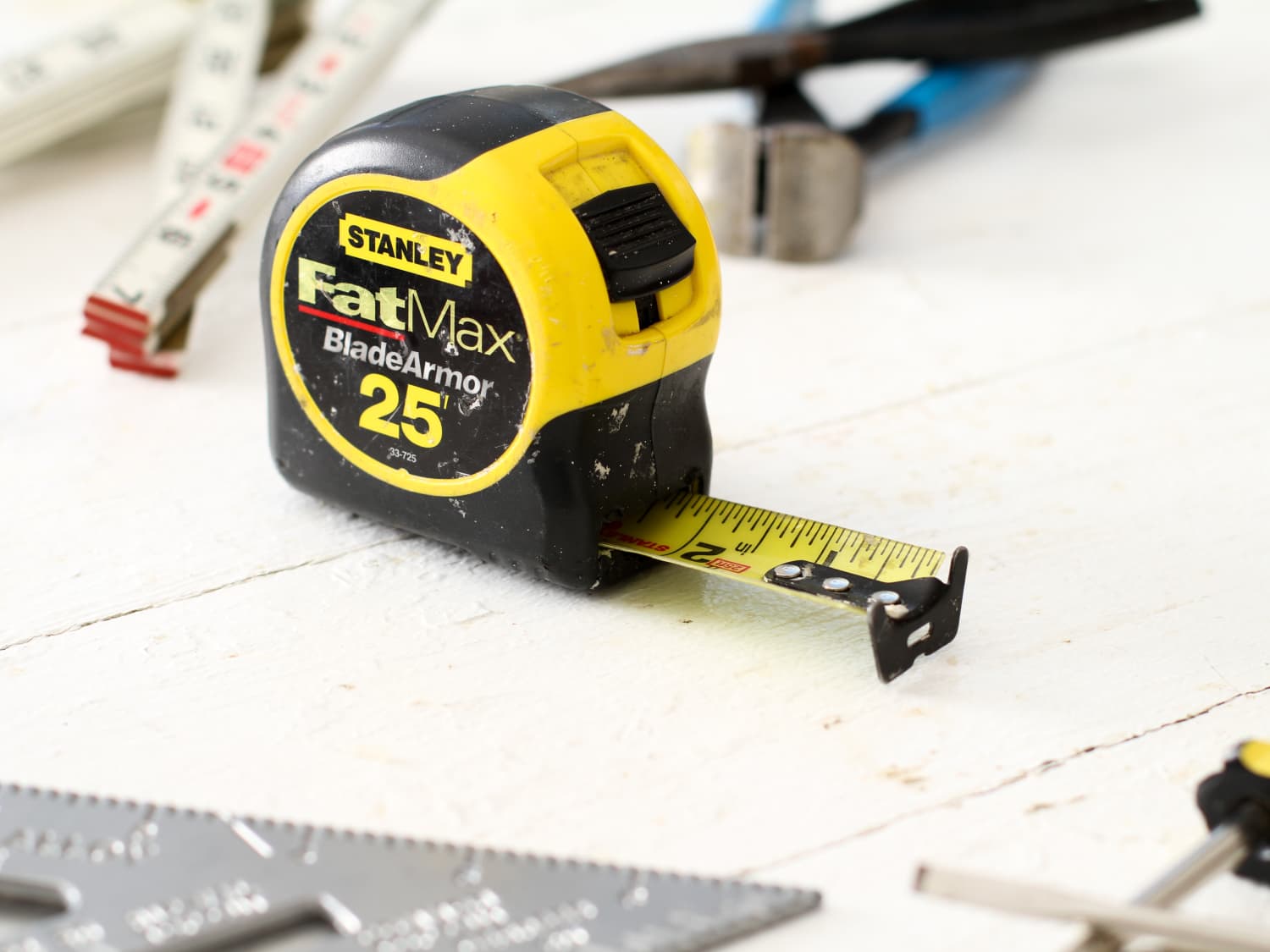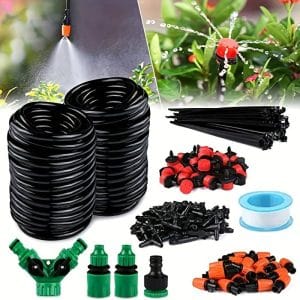Woodworking has always carried an air of fascination and wonder, especially when you witness someone transforming raw chunks of wood into intricate and functional creations. You’ve probably found yourself marveling at your neighbor’s skillfully crafted wooden chicken coop or the beautifully ornate bookshelf in your friend’s living room. Have you ever wondered how these seemingly ordinary individuals manage to create such masterpieces? Well, the secret often lies in not just their expertise but also in the tools they wield – the measuring and marking tools that form the foundation of any woodworking endeavor.
Before delving into the details of these essential tools, let’s acknowledge the fact that woodworking is an art and a skill that can be cultivated over time. So, whether you’re a novice attempting your very first DIY project or an experienced woodworker looking to up your game, understanding and utilizing the right measuring and marking tools is paramount.
The Crucial Role of Measuring and Marking Tools
Imagine trying to build a wooden structure without the ability to measure accurately or mark precisely. The result would likely be a haphazard assembly that lacks both functionality and aesthetic appeal. Measuring and marking tools are the unsung heroes of woodworking – they provide the foundation upon which intricate joinery, elegant designs, and flawless finishes are built.
From ensuring that angles are harmoniously aligned to marking out intricate patterns, these tools empower woodworkers to bring their visions to life. In the realm of DIY woodworking, where craftsmanship and creativity intertwine, the significance of these tools cannot be overstated.
A Comprehensive Exploration of Measuring and Marking Tools
In this comprehensive two-part article, we will embark on a journey through the world of measuring and marking tools that every DIY woodworker should consider having in their arsenal. We’ll delve into each tool’s purpose, functionality, and its role in enhancing your woodworking projects. Our aim is to provide you with the knowledge you need to make informed decisions about the tools that will best complement your woodworking endeavors.
Angle Finder and Protractor: Unveiling Precision Angles
Woodworking often demands precise angles, whether it’s crafting a perfectly fitting joint or ensuring that pieces come together seamlessly. This is where the angle finder and protractor step in. These tools are the architects of precision angles, enabling woodworkers to achieve seamless joinery and accurate measurements.
An angle finder can be found in two distinct forms: manual and digital. While the manual version is a dependable choice, the digital angle finder takes accuracy and efficiency up a notch. The more advanced models often come equipped with marking and measuring units, as well as a spirit level, allowing you to tackle multiple aspects of your project in one go.
Bevel Gauge (T-Bevel): Uniting Usual and Unusual Angles
Angles in woodworking can range from the familiar to the exotic. The T-bevel, also known as the bevel gauge, is a versatile tool that effortlessly addresses both typical and unconventional angles. It serves as an intermediary between the simplicity of a standard measurement and the complexity of an angle finder or protractor.
With a bevel gauge in hand, you can accurately identify or replicate angles that might have seemed daunting otherwise. Its simplicity and versatility make it an essential tool for any woodworker, providing the means to achieve precise cuts and angles that contribute to the overall excellence of your woodworking projects.
Calipers: Mastering Dimensions with Precision
When working with wood, the devil is often in the details. This is where calipers come into play. These measuring tools are invaluable for obtaining accurate dimensions, particularly when dealing with small sizes or diameters that might elude the naked eye.
Calipers come in various forms, ranging from simple firm joint calipers to the more advanced digital vernier calipers. While the functionality remains the same, the digital version brings added convenience, making measurements a breeze. Whether you’re measuring the internal or external dimensions of wood, especially when they’re minute, calipers ensure that your work is executed with meticulous precision.
Compass: Crafting Circles and Curves with Grace
If your woodworking aspirations involve crafting circles, arches, or curved patterns, a woodworking compass is your trusty companion. But this tool doesn’t just stop at creating these shapes – it also ensures that your drawings and designs are accurately transferred onto the wood surface.
Woodworking compasses come in various shapes and sizes, often accompanied by a pencil holder and scriber. The right compass will not only assist you in creating flawless curves but will also be equipped with features such as a lockable wind divider, allowing you to replicate measurements effortlessly.
Contour Gauge: Capturing Shapes and Profiles
In the realm of woodworking, replicating shapes and profiles is a common challenge. This is where the contour gauge emerges as an invaluable tool. Comprising numerous sliding blocks that mimic the shape of the mold you wish to copy, the contour gauge makes it possible to create multiple identical objects with ease.
The contour gauge’s plastic components are durable and built to last, ensuring that your tool remains a steadfast companion throughout numerous projects. Whether you’re aiming to recreate corners or other intricate shapes, the contour gauge offers unparalleled accuracy and efficiency.
Drill Gauge: Precision in Minuscule Holes
Woodworking involves a multitude of tasks, and sometimes, tiny details can make all the difference. The drill gauge is a tool that specializes in measuring minuscule holes, typically ranging from 1 to 13 millimeters in diameter. This tool’s importance becomes apparent when you’re dealing with tasks like installing small bolts or executing precise twist drills.
The drill gauge steps in as a reliable assistant, preventing errors that could compromise the integrity of your projects. With its capability to measure tiny holes with utmost accuracy, the drill gauge ensures that even the smallest components of your woodworking projects are executed flawlessly.
Pocket Hole Jig: For Strong and Seamless Joinery
Joinery forms the backbone of woodworking projects, and one of the most efficient ways to achieve robust and seamless joins is through pocket hole joinery. This technique demands a pocket hole jig – a small yet powerful tool that is indispensable in the realm of DIY woodworking.
The pocket hole jig serves as a supreme piece of kit, enabling both novices and seasoned woodworkers to create an array of projects, from simple structures to intricate home improvement pieces. Even a woodworking professional would find it challenging to achieve the perfection that a pocket hole jig effortlessly delivers. In the next part of this article, we’ll continue exploring the remaining essential measuring and marking tools that hold the key to enhancing your woodworking craft.
Levels: Establishing True Horizontal and Vertical Precision
Carpentry is often defined by straight lines and accurate angles, making levels an integral part of any woodworker’s toolkit. While the term “carpenter’s level” is well-known, the realm of woodworking offers an array of level types, each tailored to specific tasks. From spirit levels to torpedo levels and mason’s levels, the common goal remains the same: establishing true horizontal and vertical lines.
Modern levels often come adorned with additional features like a magnetic tip for secure placement, a rotating vial to replicate angles, and a magnified center vial for precise liquid tube readings. These features elevate the tool’s functionality, ensuring that your woodworking projects are characterized by impeccable alignment and symmetry.
Plumb Bob: Unveiling the Vertical Truth
For centuries, the plumb bob has been a cornerstone tool in woodworking, offering an unparalleled method for establishing the true vertical alignment of structures. While modern tools have evolved, the plumb bob’s importance endures, especially when it comes to the critical initial stages of construction.
Whether you’re crafting towering columns or delicate woodwork, the plumb bob is your guiding light, ensuring that your creations rise vertically with utmost accuracy. While you could fashion your version, the market is replete with affordable and reliable options that guarantee precise measurements and the satisfaction of vertical authenticity.
Multi-Ruler and Template Tool: Crafting Complexity with Precision
As your woodworking skills evolve, you’ll find yourself embarking on projects that demand intricate designs and complex measurements. This is where the multi-ruler and template tool step in, offering a higher level of precision for marking and measuring both straight and angular lines.
Gone are the days of flimsy plastic rulers. The multi-ruler, also known as an angularizer ruler, serves as a sturdy companion that aids in creating sophisticated patterns and layouts. Its versatility extends to marking angles and lines of varying degrees, equipping you with the means to bring your most ambitious designs to life with pinpoint accuracy.
Square Tools: Mastering Quick Measurements
While precision is paramount in woodworking, there are instances when you need quick measurements for simple tasks. Square tools, including angle finders, protractors, and tri-square measurers, play an essential role in such scenarios. They’re your go-to instruments for swift, accurate measurements that ensure your projects maintain their alignment and angles.
A square tool might seem unassuming compared to some of the more advanced measuring instruments, but its reliability in providing immediate measurements is invaluable. Whether you’re a DIY enthusiast or a seasoned woodworker, a square tool is a trusty companion that simplifies your workflow without compromising precision.
Wheel Marking Gauge: Precision in Every Push
Marking wood accurately is fundamental to any woodworking project. The wheel marking gauge is an ingenious tool that simplifies this task by combining a wheel, needle, and pencil into a single unit. The wheel is typically crafted from robust steel, capable of cutting into softer wood with a single, deliberate push.
With the wheel marking gauge in hand, you can confidently mark the edges of wood pieces, ensuring that your measurements are consistent and accurate. This tool’s design is a testament to the ingenious solutions that woodworking tools offer, simplifying processes while maintaining a commitment to precision.
Marking Knife: The Final Flourish of Precision
As we conclude our journey through the essential measuring and marking tools for DIY woodworking, we encounter the marking knife. This tiny yet indispensable tool is a testament to the meticulous nature of woodworking, as it provides the means to make precise markings with finesse.
A marking knife is a sharp instrument that serves as the final flourish of precision in any woodworking project. From making intricate designs to marking critical points for cuts and joins, the marking knife ensures that your craftsmanship is characterized by attention to detail and impeccable accuracy.
Conclusion: Crafting Excellence through Precision
In this two-part exploration of measuring and marking tools for DIY woodworking, we’ve delved into a realm where creativity and precision intersect. Woodworking is more than just a hobby or a craft; it’s an art form that demands the utmost dedication to perfection. The tools we’ve discussed are not mere instruments but partners that enable you to transform your visions into tangible, awe-inspiring creations.
From angle finders to marking knives, each tool plays a distinct role in elevating your woodworking endeavors. As you embark on your next project, armed with the knowledge of these tools’ functionalities, remember that precision is the key to unlocking the full potential of your woodworking craftsmanship. The intricate joints, flawless angles, and seamless designs that these tools facilitate will be a testament to your commitment to excellence in every piece you create.
So, whether you’re crafting a wooden chicken coop or a statement furniture piece, let these measuring and marking tools be your guiding stars on a journey that marries creativity with precision. Woodworking, after all, is more than just a craft; it’s a celebration of skill, passion, and the remarkable tools that make it all possible.





